When you're new to strength training, one of the most common questions is: “How much weight should I lift?” At Hideout Fitness in Irvine, we hear this all the time, and it's a smart question to ask.
Getting your starting weight right makes all the difference: it keeps you safe, builds your confidence, and actually helps you see progress faster.
We'll walk you through it step by step, no matter if you're just trying to stay healthy, tone up, or boost your mental health through lifting.
Why the Right Weight Matters
Picking the right weight isn't about showing off with the heaviest dumbbells. It's about lifting smart.
Go too light and you're wasting your time. Go too heavy and you're asking for trouble with bad form or injury.
Here's what the right weight does for you:
- Lets you keep solid form from start to finish
- Makes those last 2-3 reps actually challenging
- Helps you gradually get stronger over time
- Keeps you coming back instead of burning out
How Much Weight Should I Lift?
Here’s a simple rule: you should be able to perform 8-12 reps with good form, where the last 2-3 reps are challenging but doable.
Try these general guidelines:
- Beginners: Start with light weights, enough to perform 10-15 reps with control.
- Strength goals: Lift heavier for 4-6 reps per set.
- Muscle-building (hypertrophy): Moderate to heavy weights for 8-12 reps.
- Endurance or toning: Use lighter weights for 12-15+ reps.
If 15 reps feels like a breeze? Time to bump it up.
Factors That Influence How Much You Should Lift
Your ideal lifting weight isn't one-size-fits-all. It depends on several things:
- Your current fitness level: If you're just starting out, focus on nailing your form before worrying about the numbers.
- The type of exercise: Big movements like squats and deadlifts can handle heavier weight than smaller exercises like bicep curls.
- Your personal goals: Want to get stronger? Load up the bar. Working on endurance? Keep it lighter and do more reps.
- Injury history or limitations: Got a wonky shoulder or back issues? This is where our trainers at Hideout Fitness really shine. They'll help you work around any limitations and find exercises that actually work for your body.
How to Test and Adjust Your Weight
Not sure where to start? Use this method:
Test strategy:
- Pick a light weight and perform 10-12 reps
- If you’re breezing through it, increase slightly
- Stop when the final 2-3 reps feel tough, but form is still clean
Other smart tips:
- Use the 2-rep rule: You should feel like you could do 1-2 more reps max
- Watch your form and breathing. Straining is a red flag
- Track your numbers to monitor progress over time
Common Weightlifting Mistakes to Avoid
Even experienced lifters make errors. Here’s what to look out for:
- Going too heavy too soon
- Neglecting warm-ups
- Rushing through sets
- Ignoring discomfort or pain
Remember, discomfort is normal. Pain is not.
Can Personal Trainers in Irvine Help?
Absolutely. If you're staring at a rack of weights with no clue where to start, or you've been stuck at the same numbers for months, a good trainer changes everything.
That's exactly what we do at Hideout Fitness. Our coaches don't just tell you what weight to pick; they actually watch how you move, figure out what your body needs, and help you build a plan that makes sense for where you want to go.
No cookie-cutter programs or one-size-fits-all approaches. Just smart, safe personal training that actually gets you results.

.png)


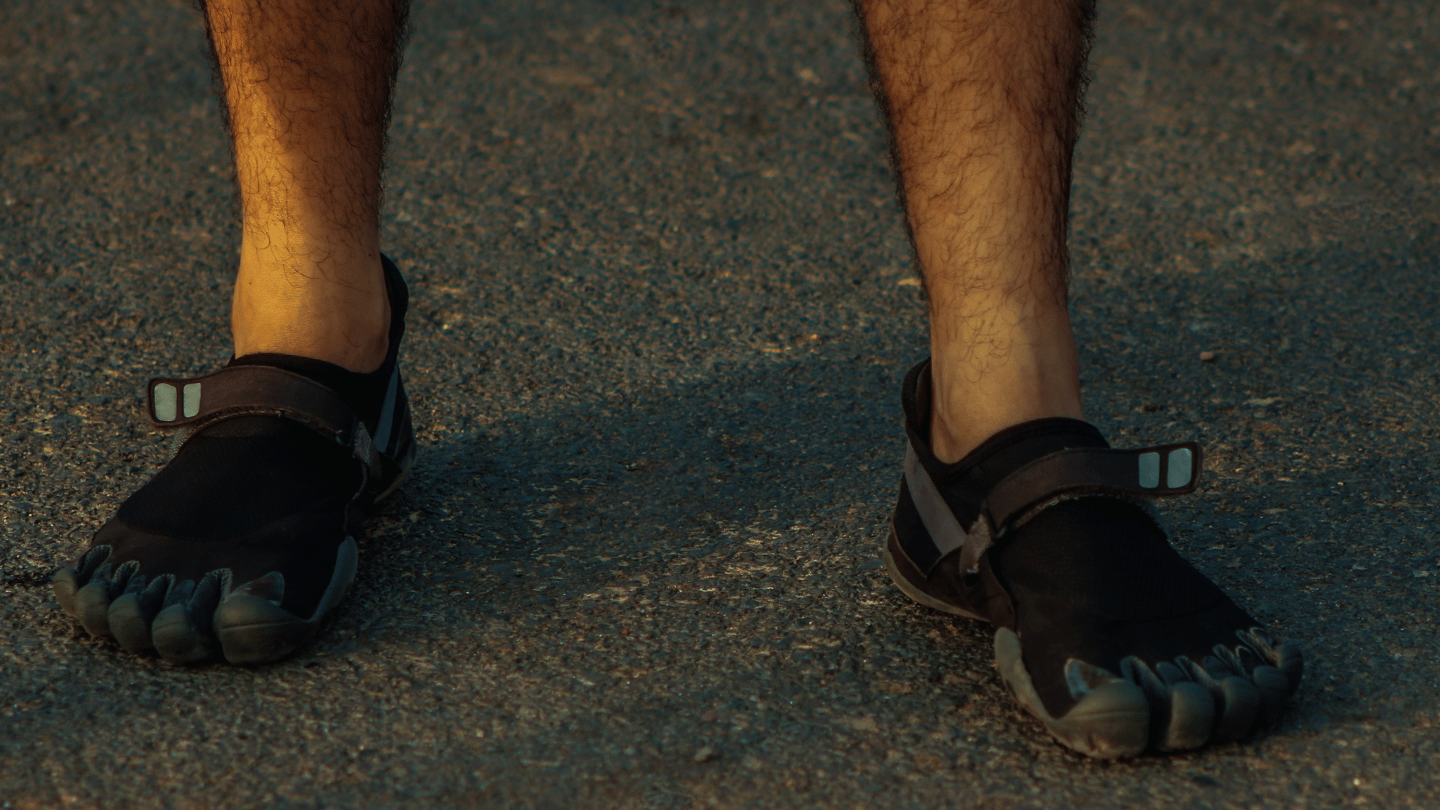





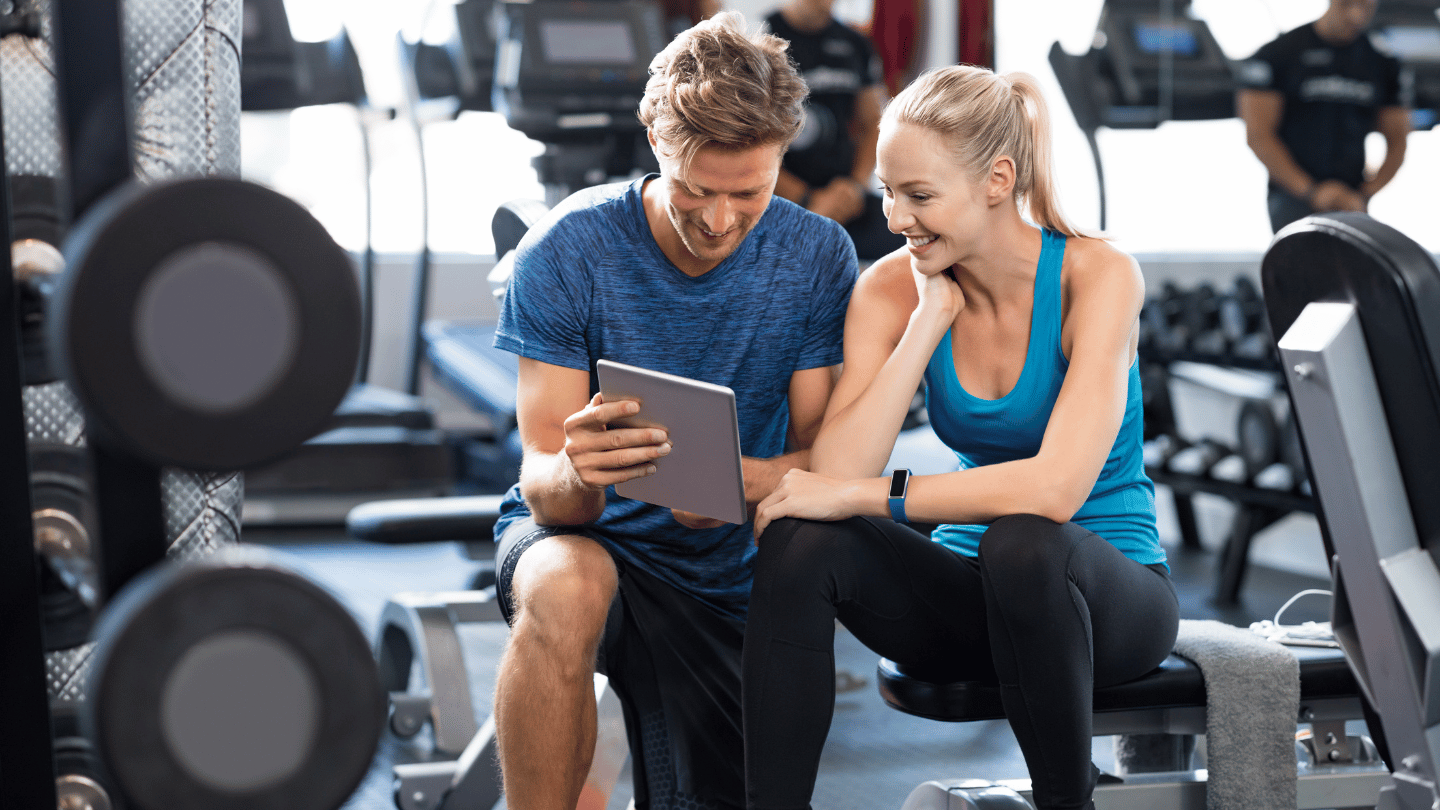

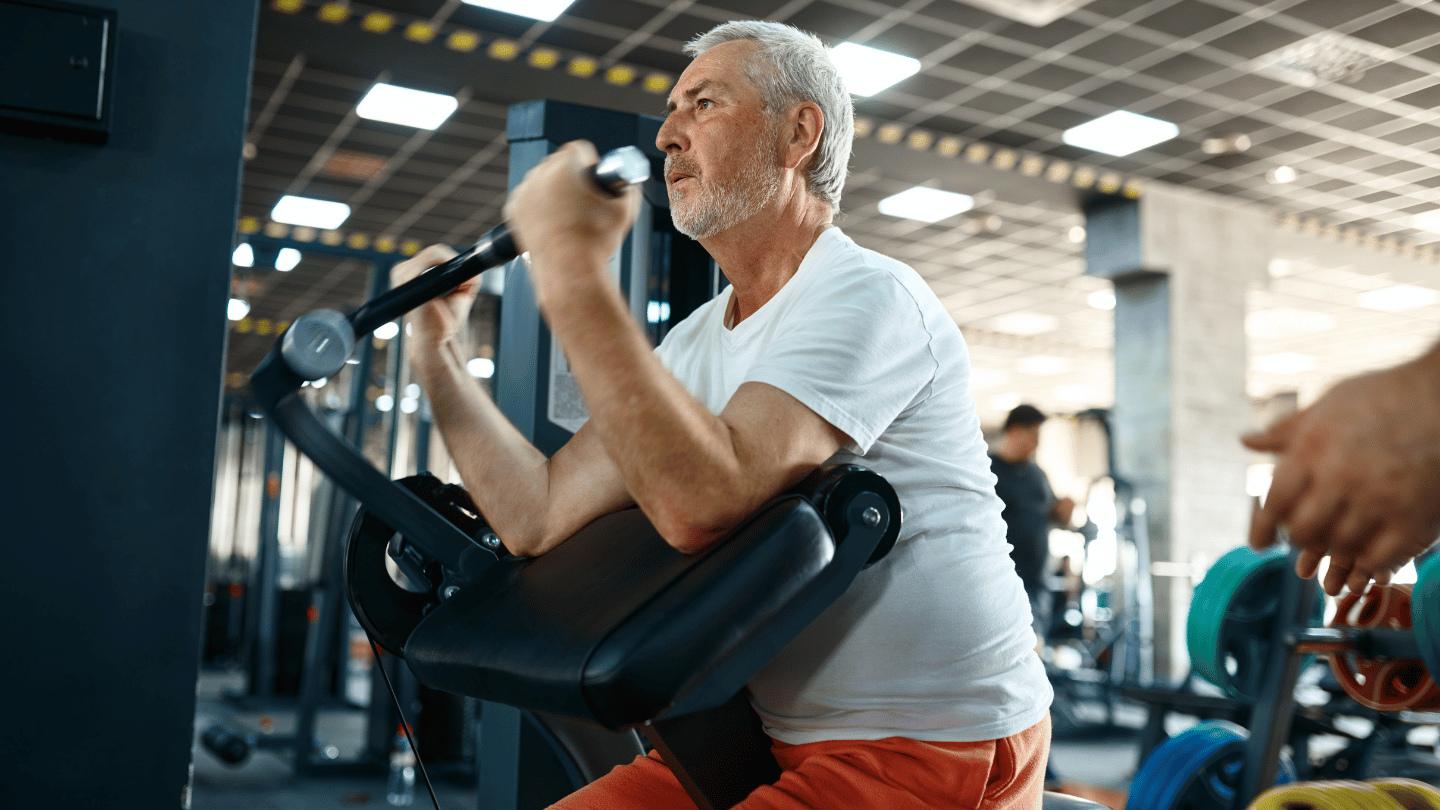

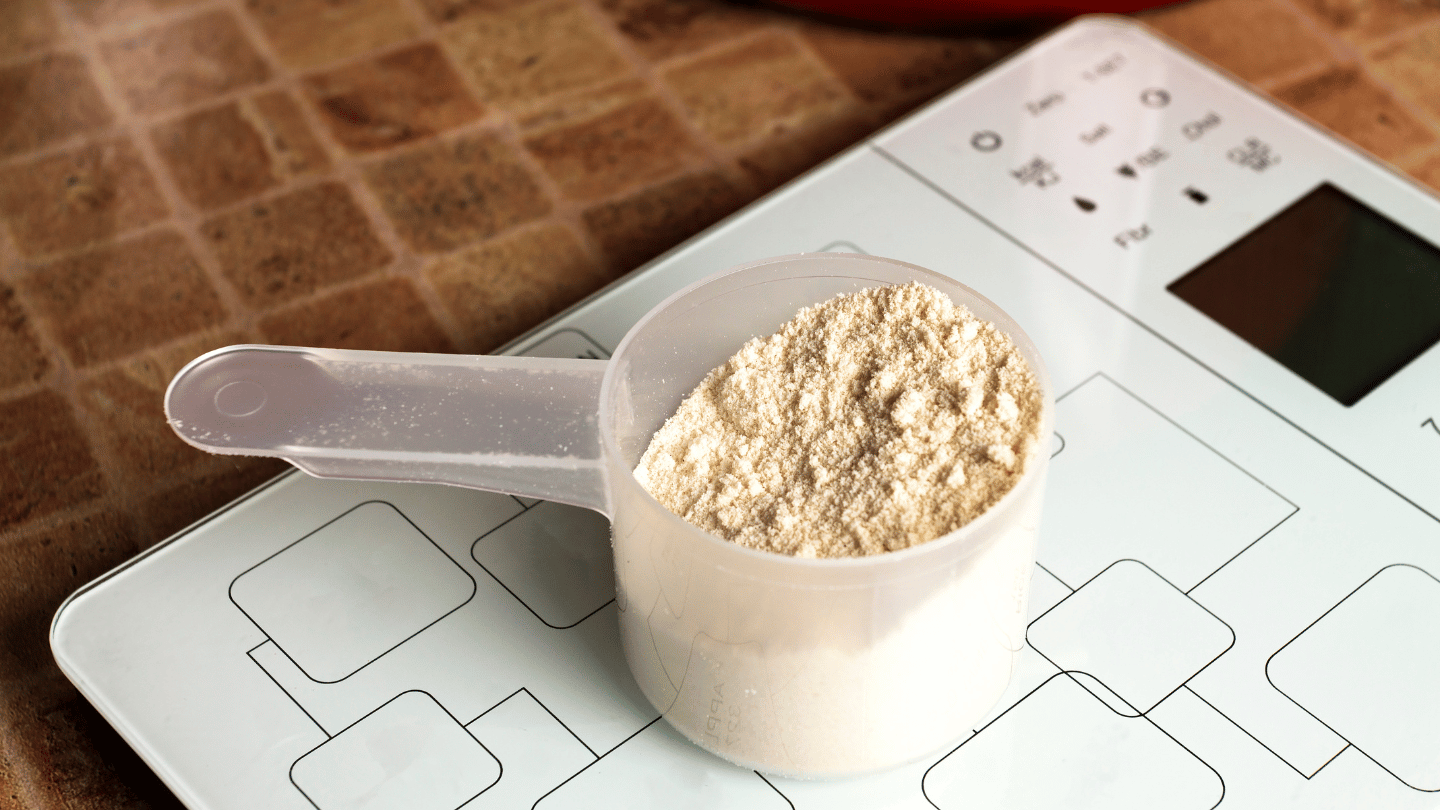

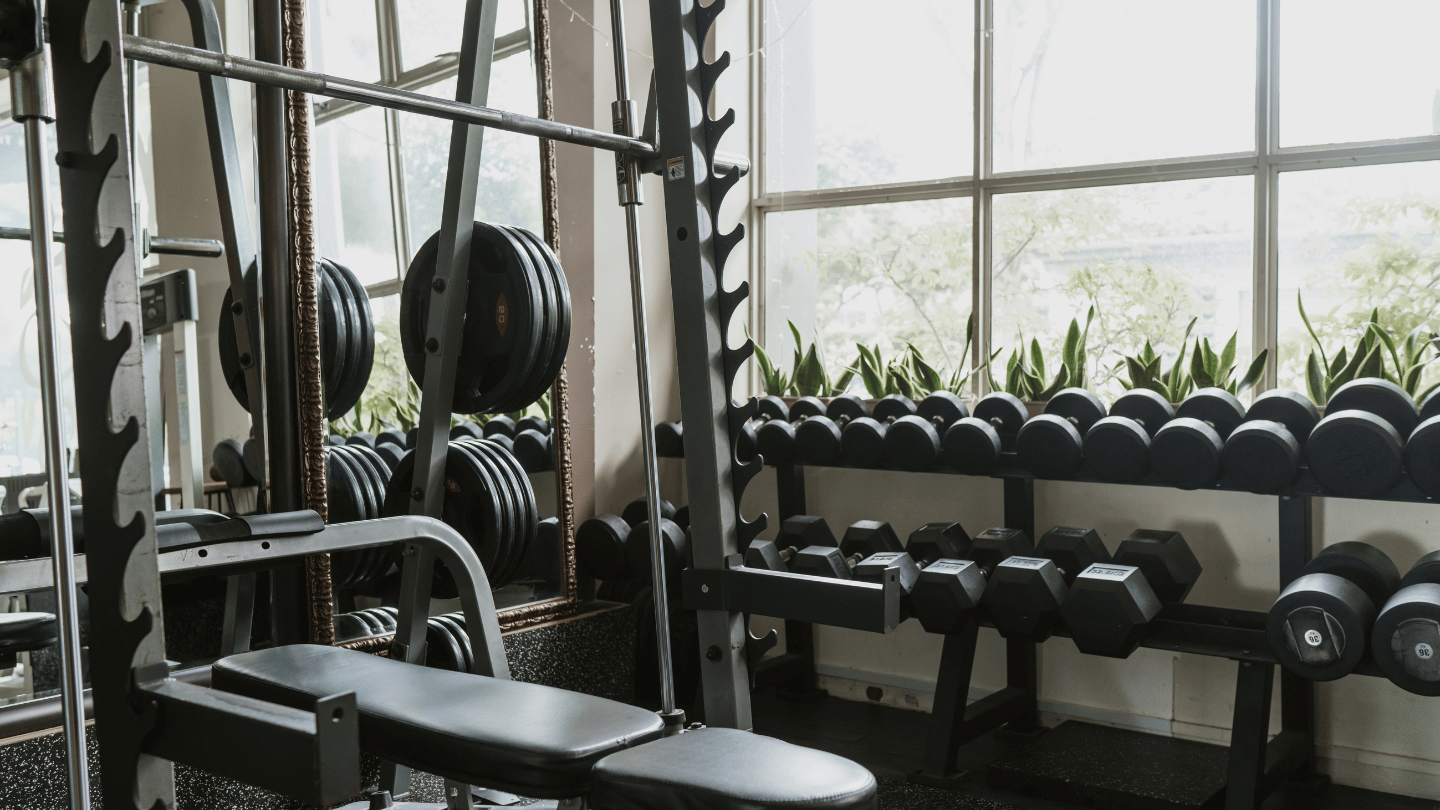
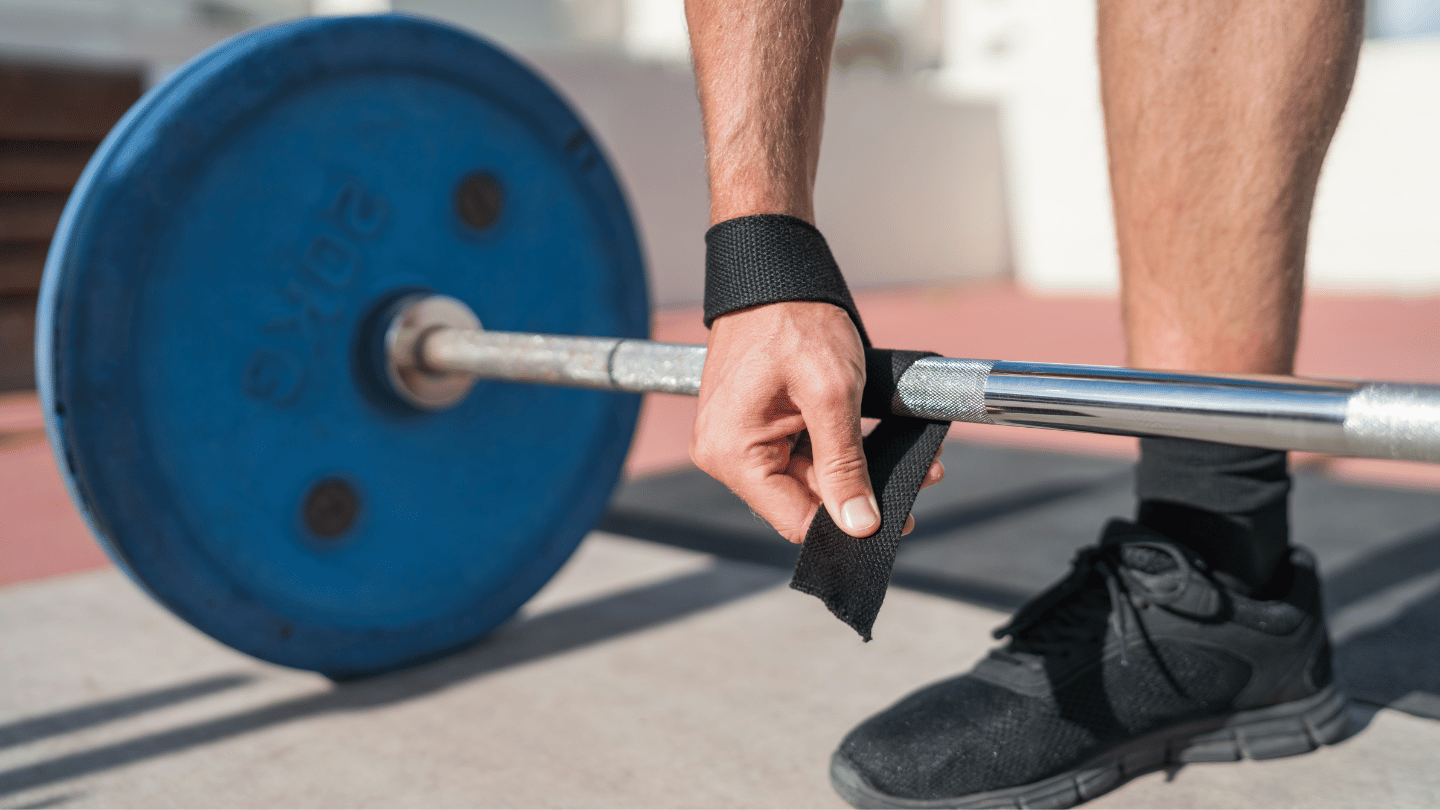


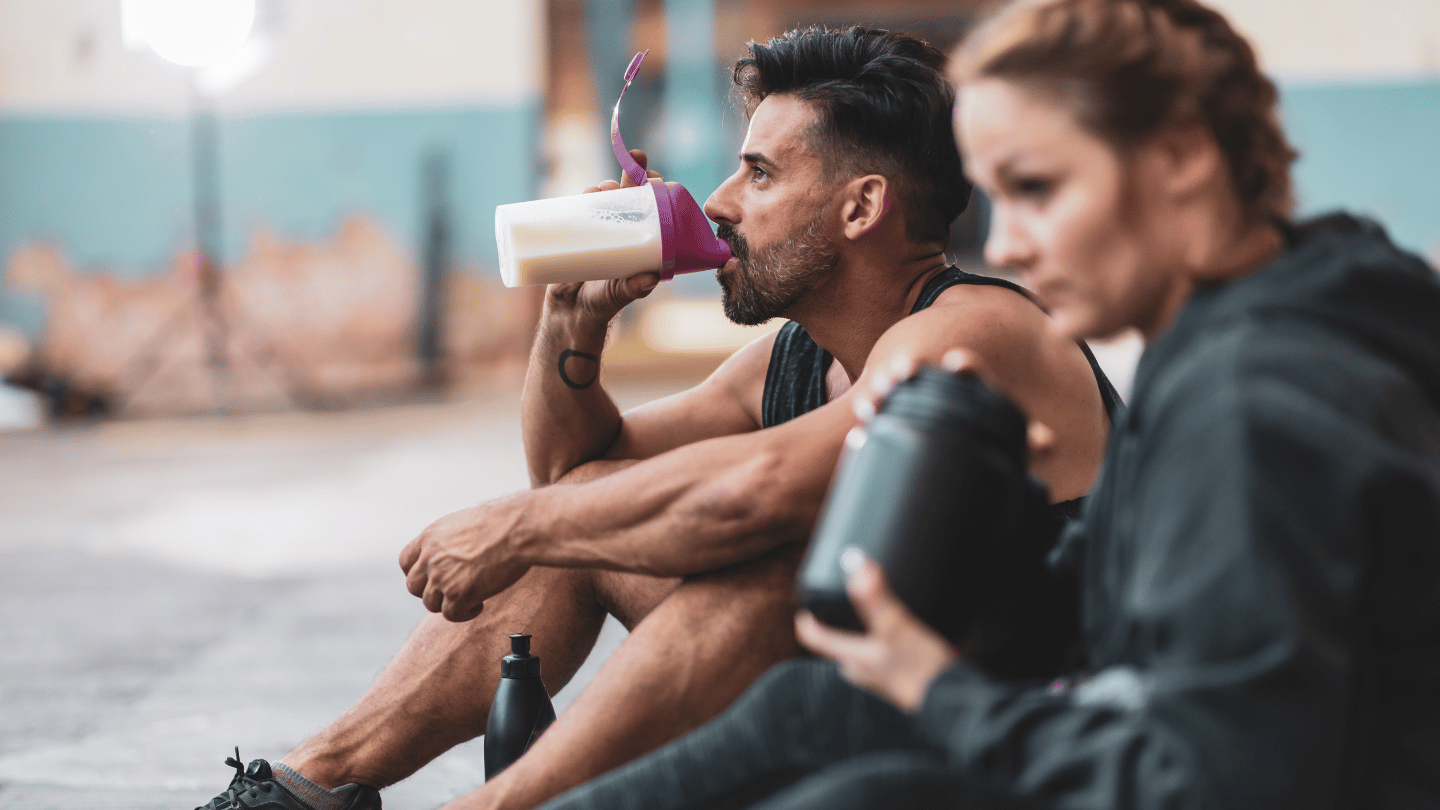
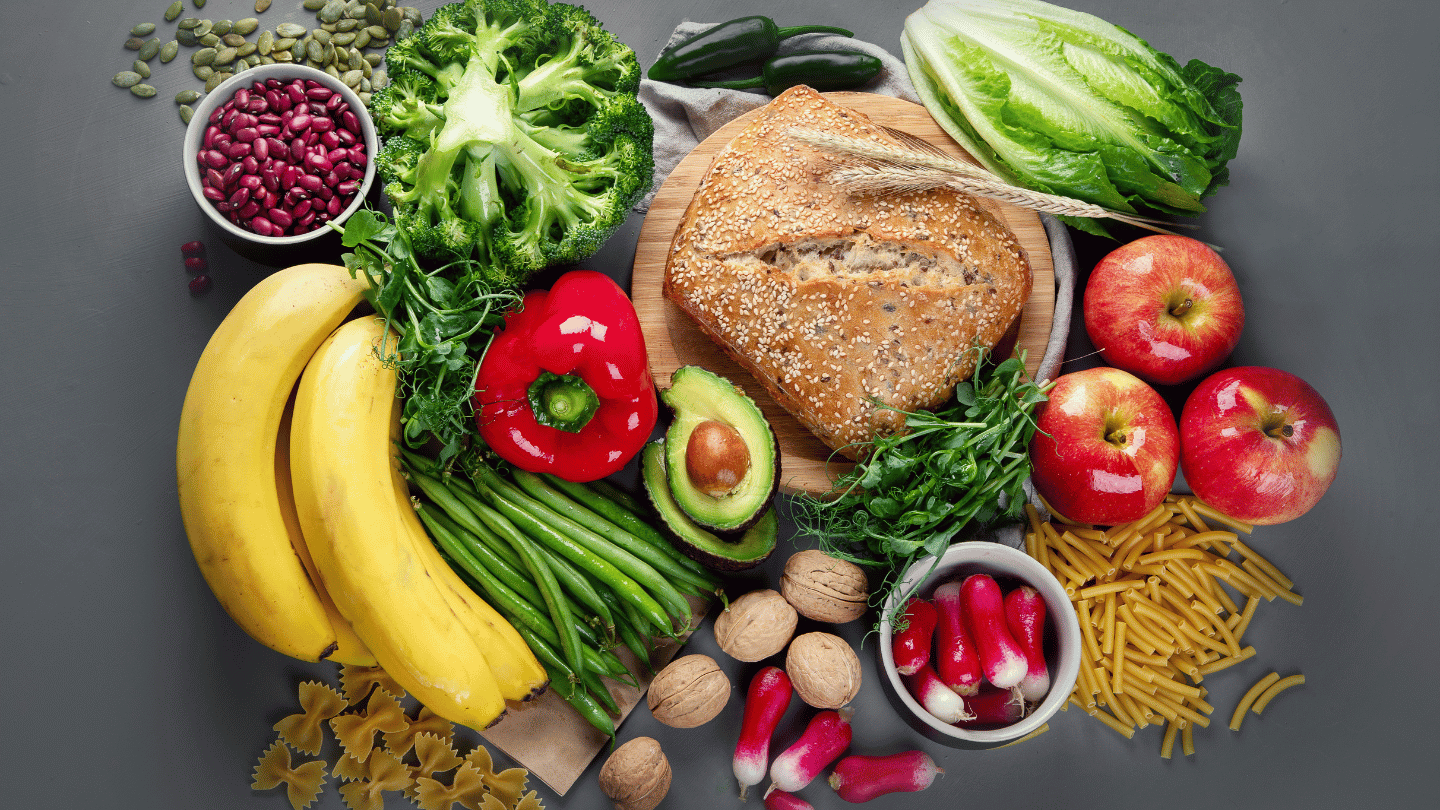









.png)


























.png)
.png)
.png)



























.png)
.png)
.png)
.png)
.png)
.png)
.png)
.png)
.png)
.png)


